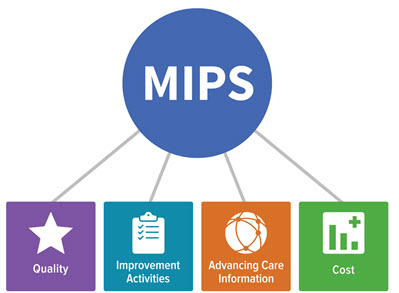Anesthesia Coding Alert
HIPAA Help Desk:
Learn These 3 Truths and 3 Myths About PHI
Published on Wed Apr 10, 2024

You’ve reached your limit of free articles. Already a subscriber? Log in.
Not a subscriber? Subscribe today to continue reading this article. Plus, you’ll get:
- Simple explanations of current healthcare regulations and payer programs
- Real-world reporting scenarios solved by our expert coders
- Industry news, such as MAC and RAC activities, the OIG Work Plan, and CERT reports
- Instant access to every article ever published in Revenue Cycle Insider
- 6 annual AAPC-approved CEUs
- The latest updates for CPT®, ICD-10-CM, HCPCS Level II, NCCI edits, modifiers, compliance, technology, practice management, and more
Related Articles
Other Articles in this issue of
Anesthesia Coding Alert
- Anesthesia Basics:
Mind P Modifiers or Leave Money on the Table
Tip: Document the one that applies, even if you won’t be reimbursed. One aspect of [...] - News You Can Use:
Review New Rules for Reporting Multiple Unlisted Procedures
Also, make note of the modifiers you can now use with unlisted codes. If your [...] - HIPAA Help Desk:
Learn These 3 Truths and 3 Myths About PHI
Hint: Proper PHI scrubbing enables elimination of a record’s protected status. From patient names to [...] - You Be the Coder:
Resolve the Right Way To Report This Tumor Resection
Question: What are the correct surgical and anesthesia codes, modifiers, and diagnosis codes to report for [...] - Reader Questions:
See How To Code SRNA Teaching Cases
Question: How are student registered nurse anesthetist (SRNA) teaching cases reported? Does payment vary based on [...] - Reader Questions:
Base Anesthesia Billing on Times Recorded in the Record
Question: I’m an anesthesia coder and ran across a situation that no one at my practice [...] - Reader Questions:
Glance at ASA Guidance on Anesthesia Care Documentation
Question: We are transitioning to an electronic medical record (EMR), and I’m wondering how this may [...]
View All




